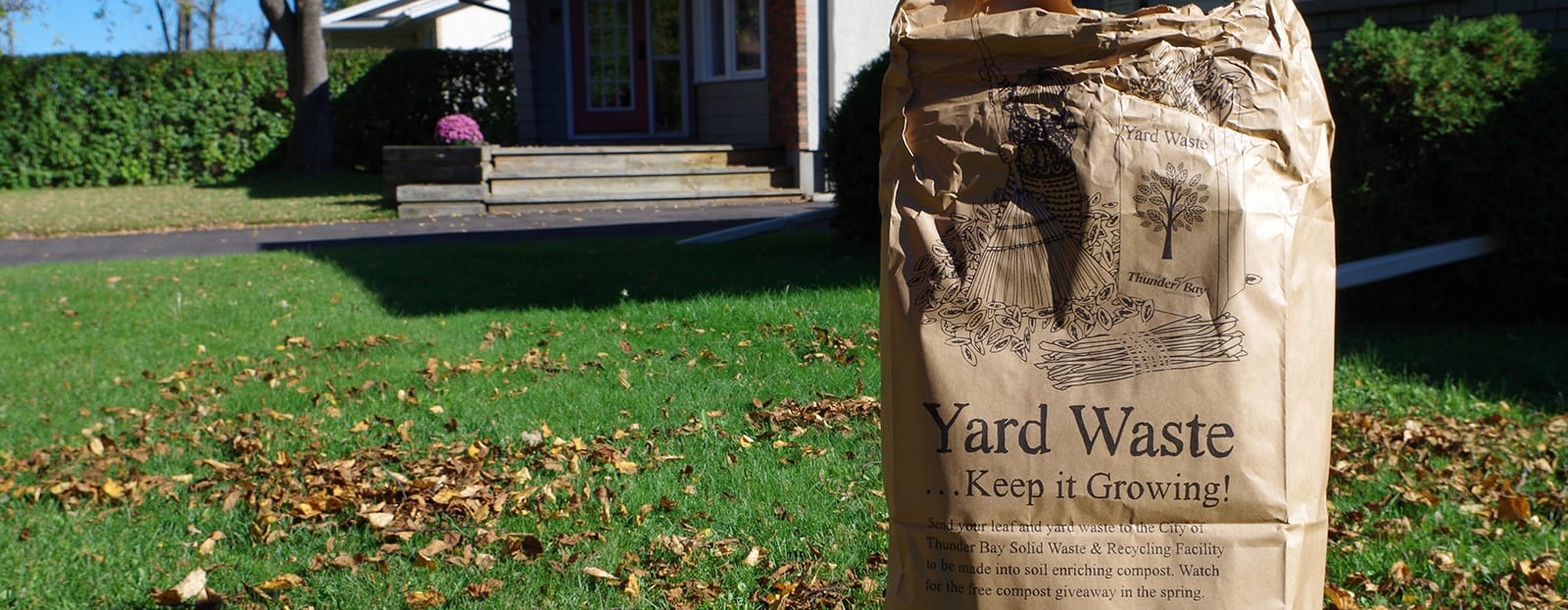Ever wondered what happens to the trash and waste that your business disposes of after it leaves your location? With all the demands it takes to keep a business going, it can be easy to overlook the waste management process. However, how your trash is disposed of can be quite intriguing.
Where does all that waste go once it leaves your business? Here’s what commonly happens.
The First Step is Collection
The collection of trash or waste from your business is something you probably notice more if it doesn’t happen. You’re used to your local waste management team faithfully disposing of it, after all. A large truck with a compactor takes care of your garbage and drives away which is the last you see of the process.
Once the hauler dumps your trash into the truck and the truck is finally full, your rubbish is typically disposed of at a landfill or transfer station.
What is a Transfer Station?
A transfer station is a location that accepts recyclables, trash and other materials. After disposed or recycled items reach capacity at the transfer station, they’re taken to either a recycling center or landfill.
One of the main reasons for the in-between stage of a transfer station is so trash collection and recycling trucks don’t have to take long drives to dump trash at a landfill. It would be very time-consuming and expensive to take garbage trucks such a far distance every time it was full. Instead, semi trucks frequently haul trash and recyclables to their final locations from transfer stations, allowing local garbage collectors to focus on what they do best.
Landfills: Where Trash Goes for Good
The general population understands the basic idea of a landfill. The trash is hauled to a landfill location, dumped and then covered up with dirt. While that’s all true, there’s a bit more complexity to it than that. Those extra steps that most people don’t know about are some of the most crucial ones to ensure that our environment and drinking water remain safe.
The main goal of a landfill is to keep things as contained as possible. The location where trucks dump trash is called an open cell. This is the only place in the entire landfill where trash is at the surface. This process prevents large amounts of garbage from unnecessarily coming into contact with the air.
The compactors in your local garbage truck aren’t the only ones used on trash. Large vehicles compact the trash even further by driving over the rubbish once it’s dumped into the open cell of the landfill. This ensures that all air is released from the trash and that the landfill space is used as efficiently as possible. Once that particular cell is full, it’s covered with dirt or a similar material. After that, a new cell is opened to allow continued trash dumping and the process is repeated. Landfills also have a protective lining so that harmful materials don’t leach into the environment.
In conclusion, although waste management can be expensive for businesses, national waste management brokers can help you get the best possible deal. These brokers are highly trained in the intricacies of waste disposal. Many businesses wrongly assume that they can’t find a cheaper rate for their waste removal. Despite this belief, national waste management brokers can sometimes save businesses up to 70% on their trash removal.







